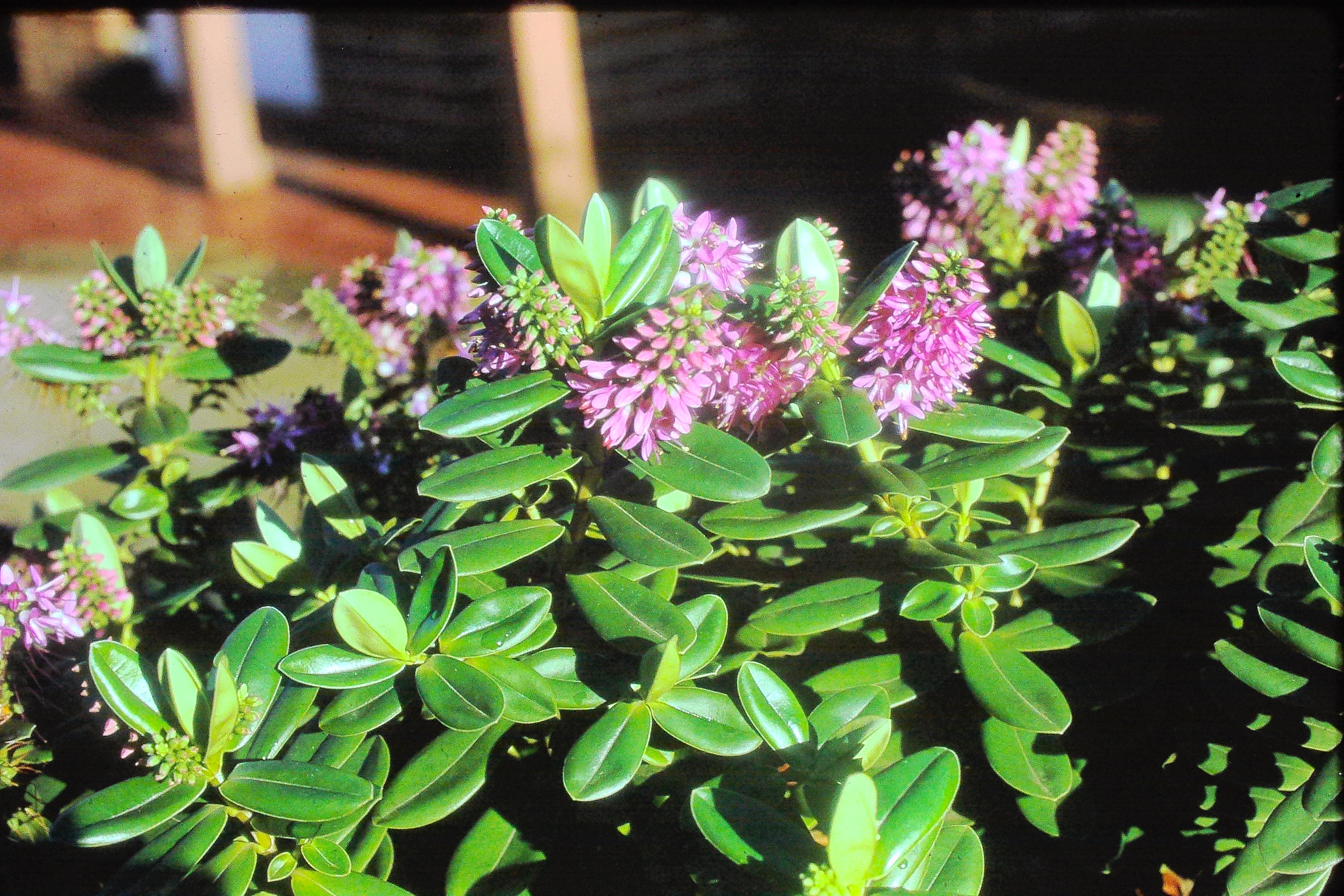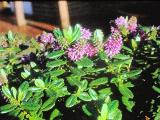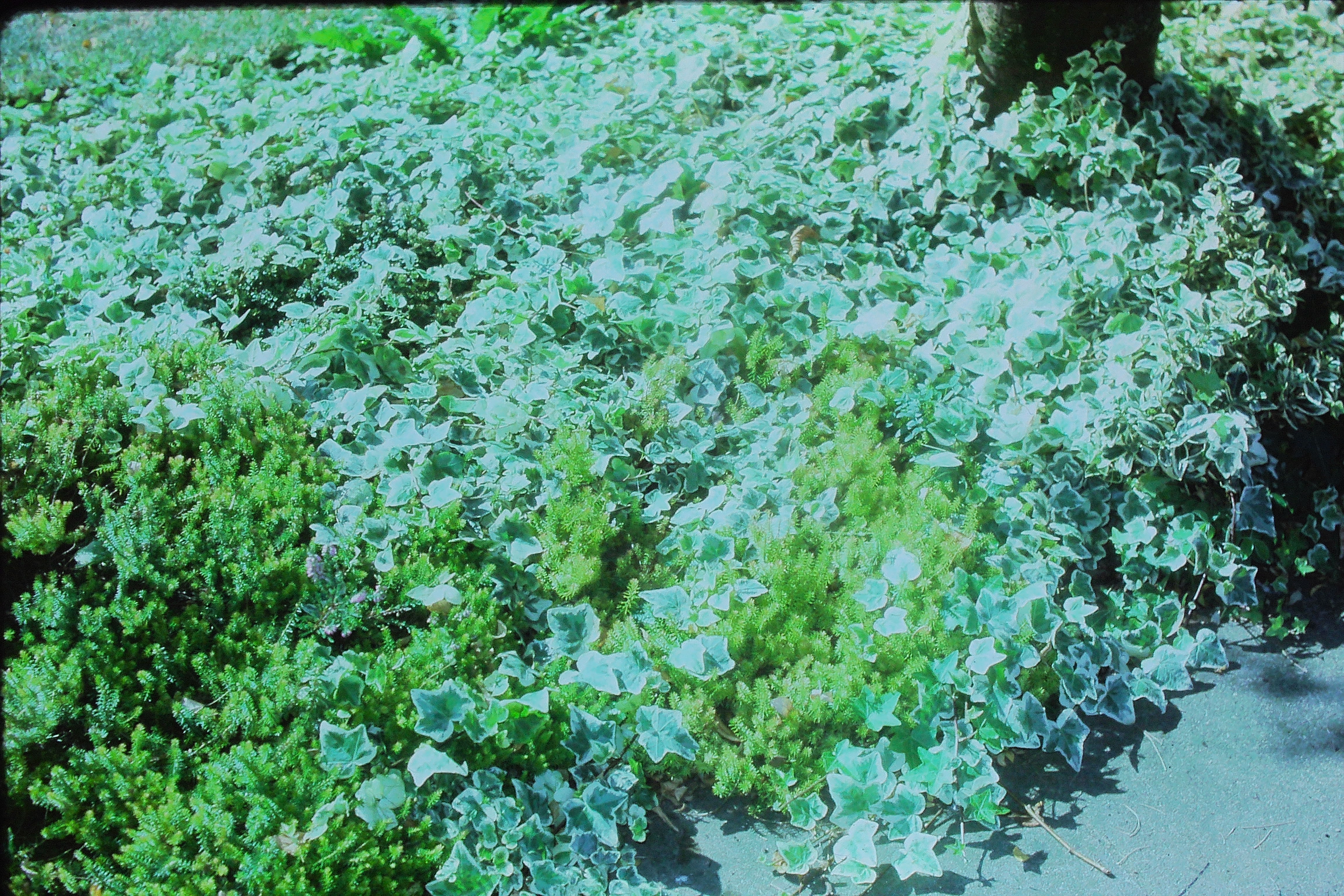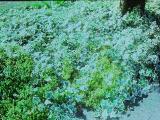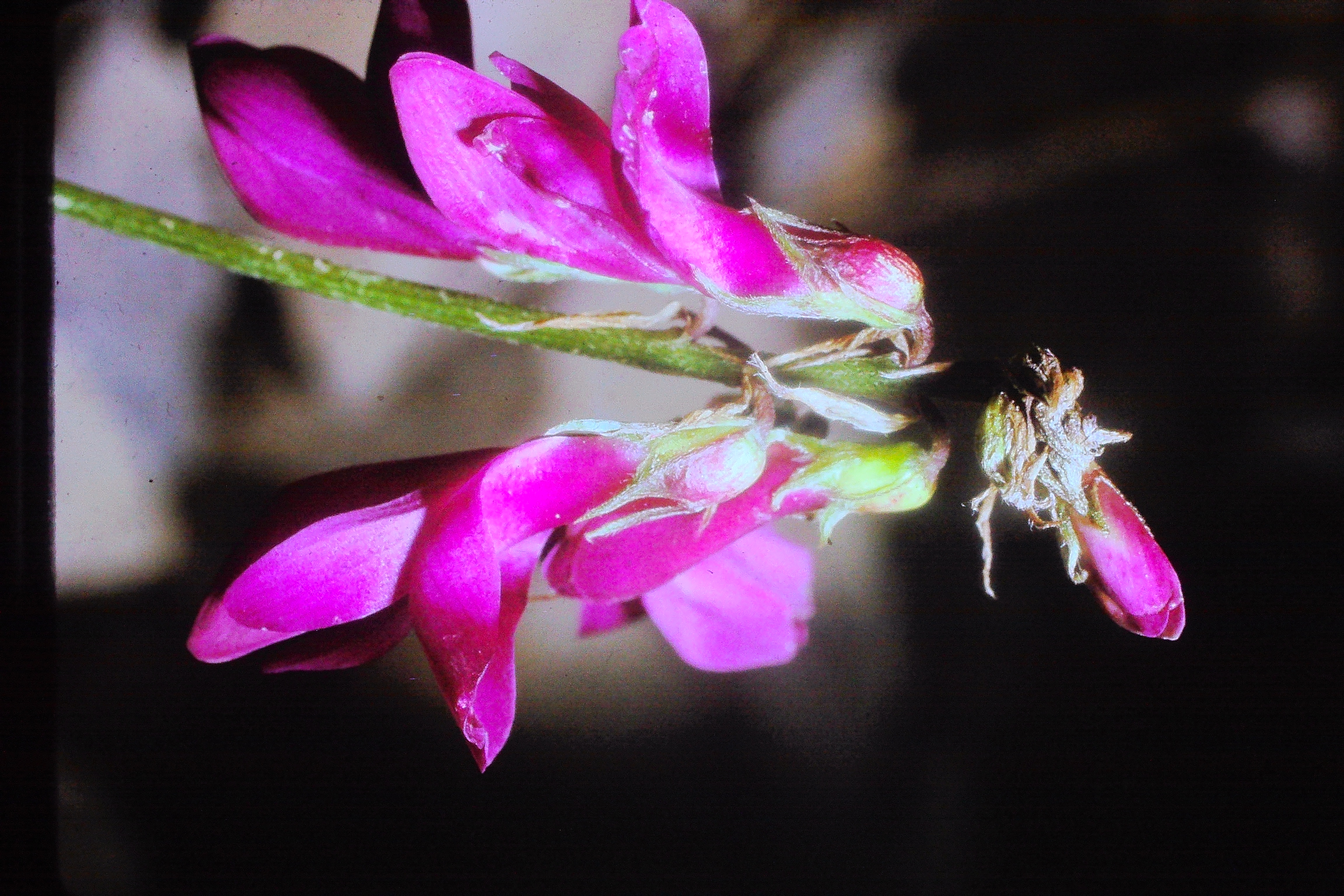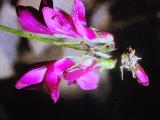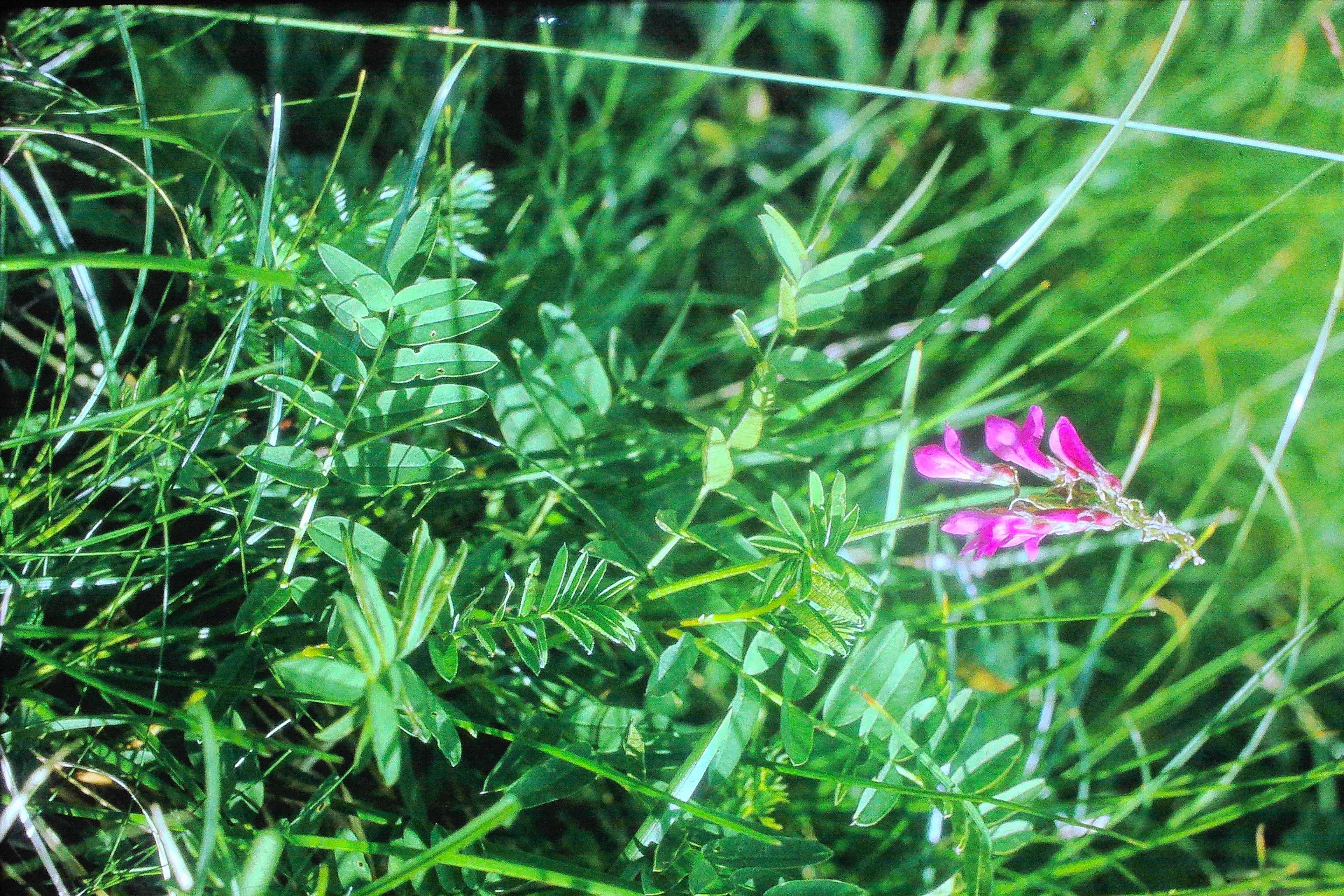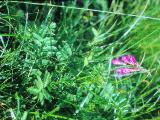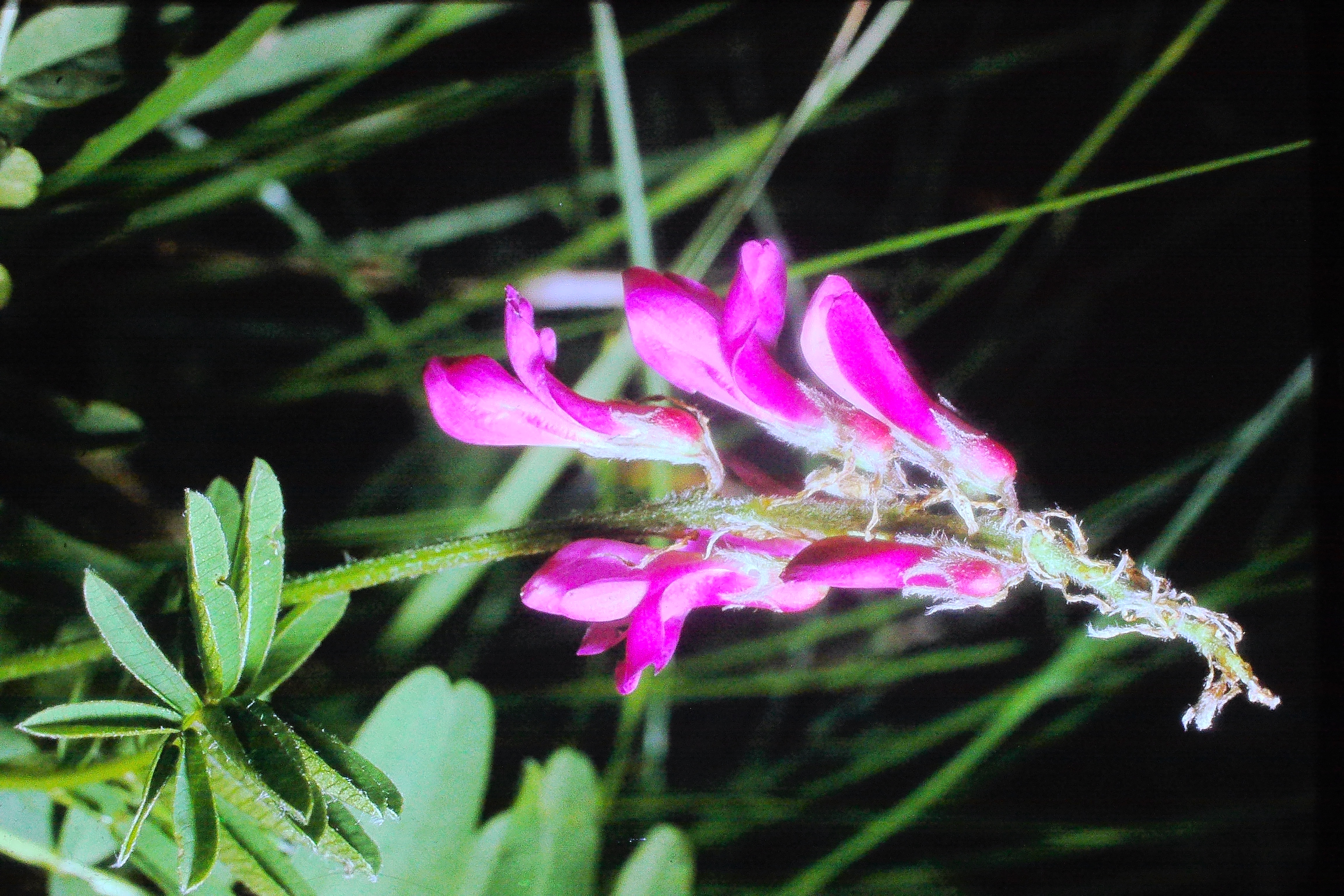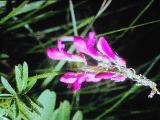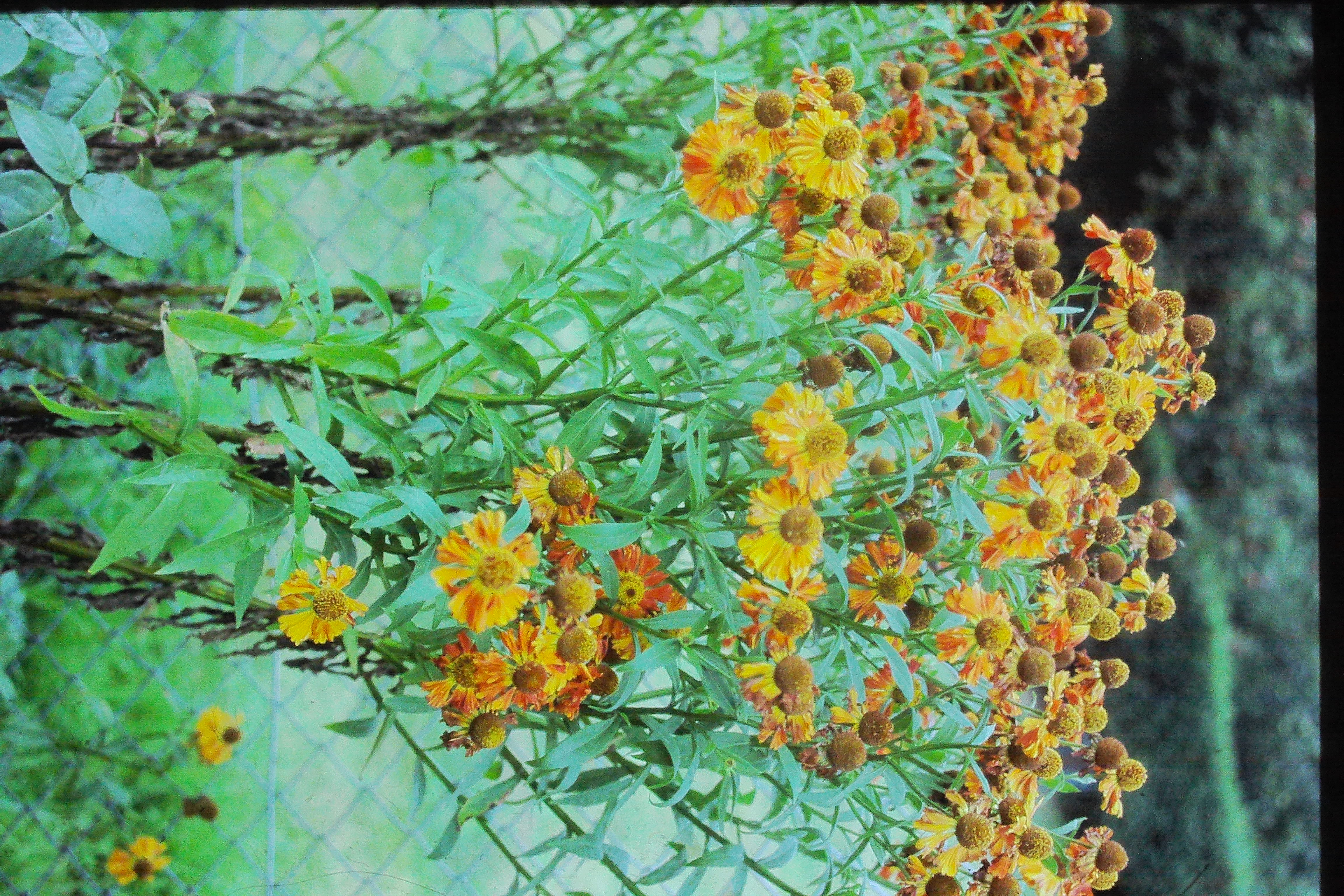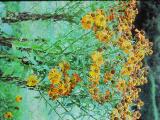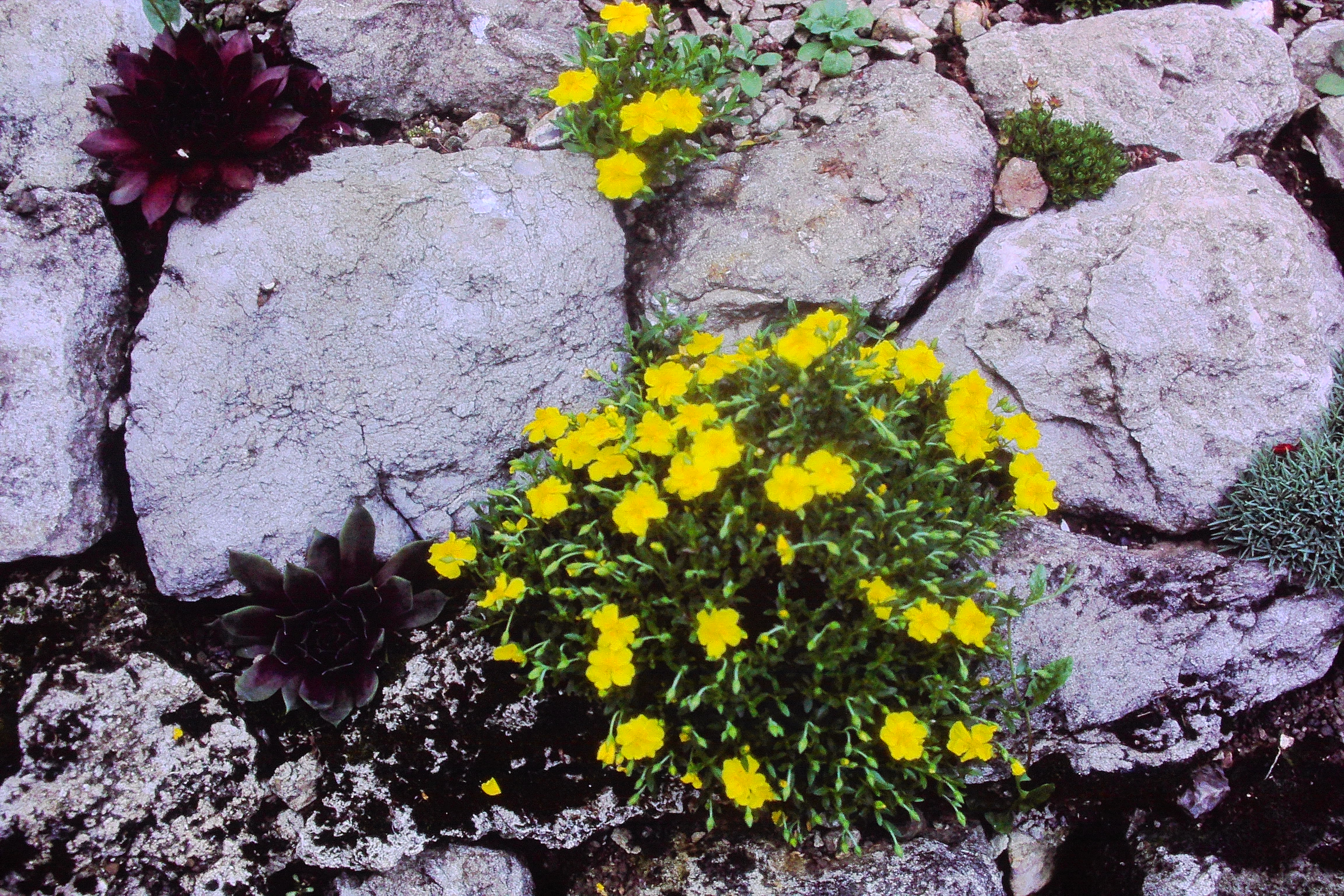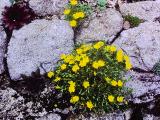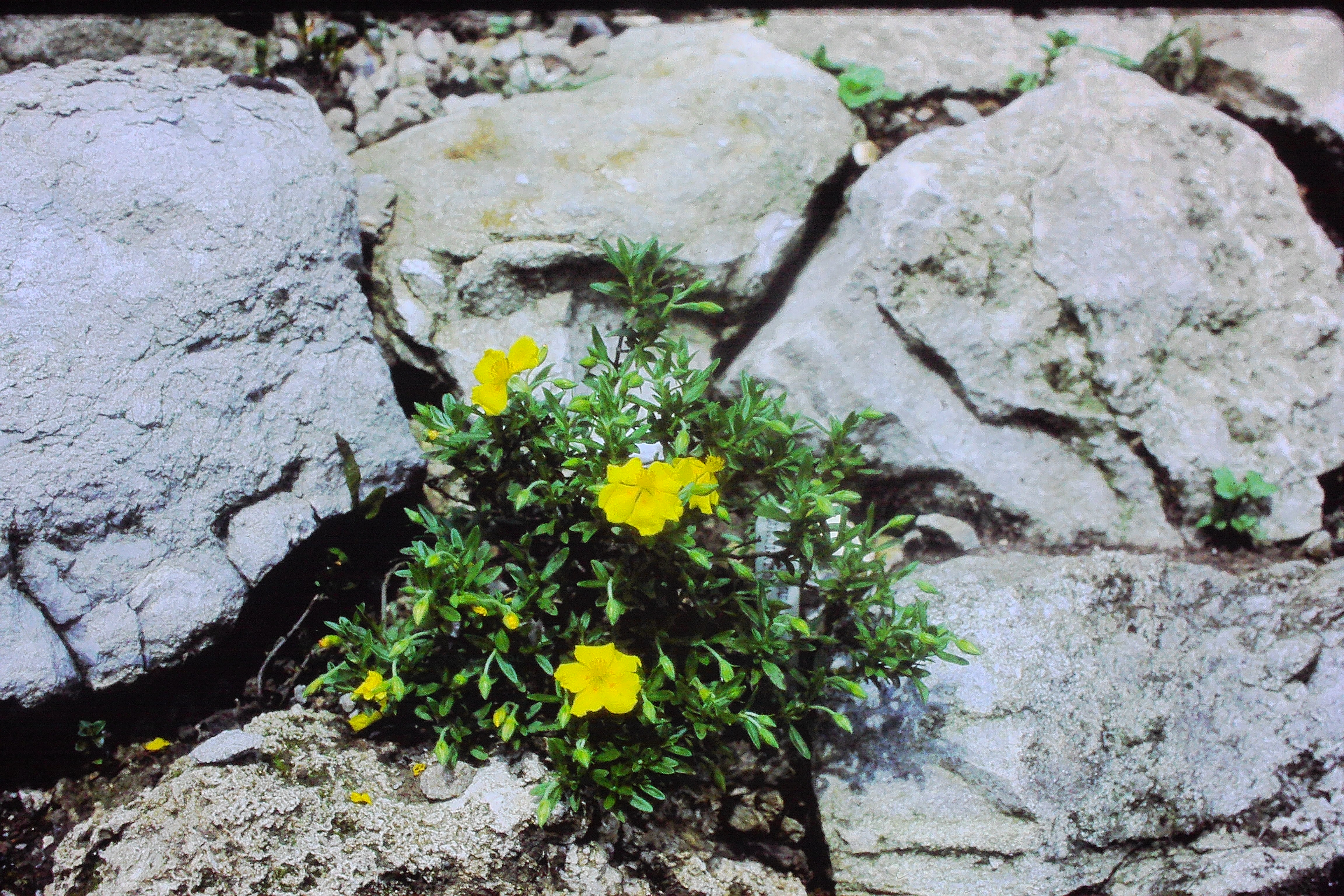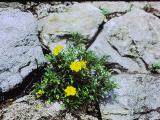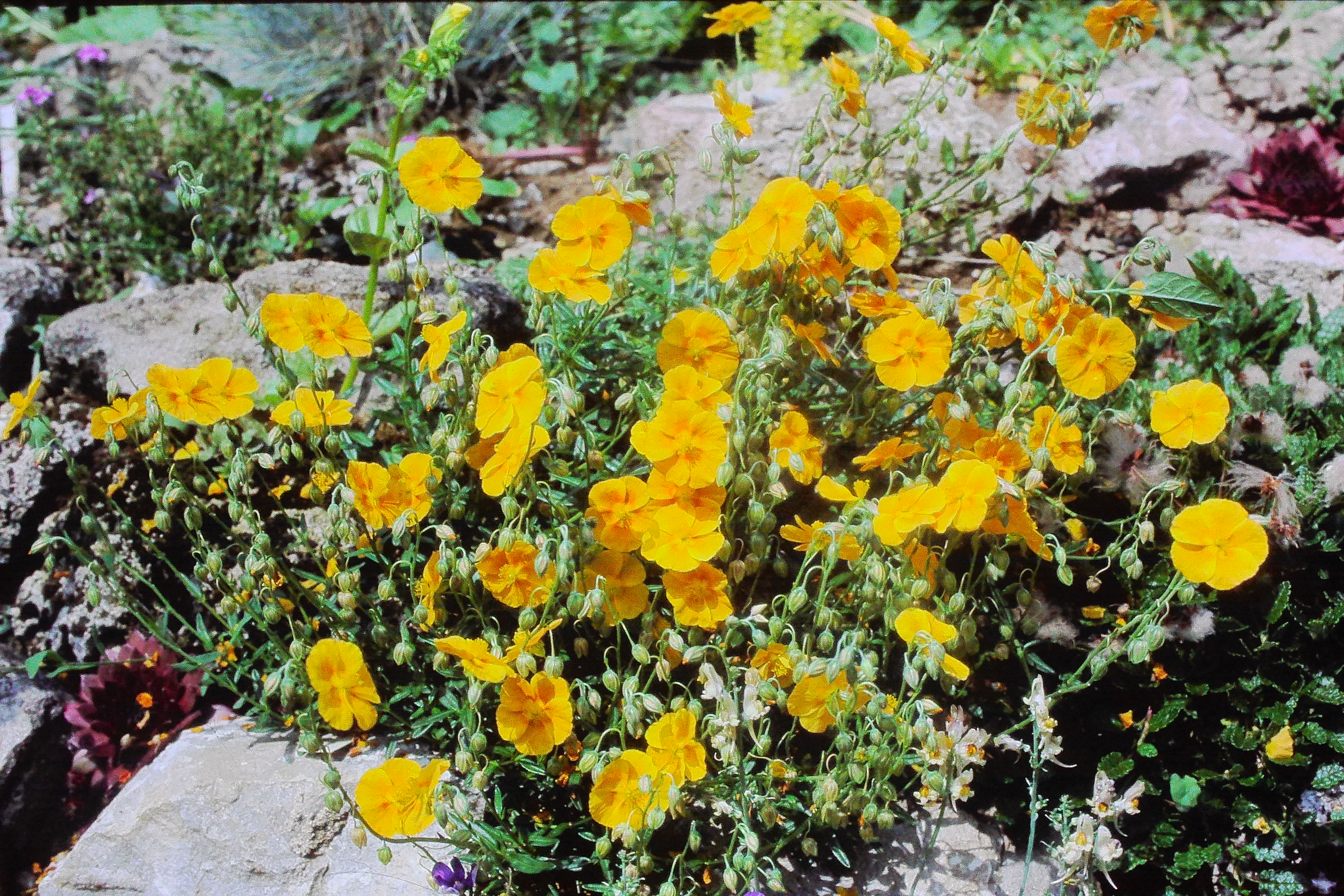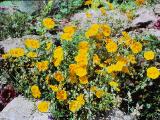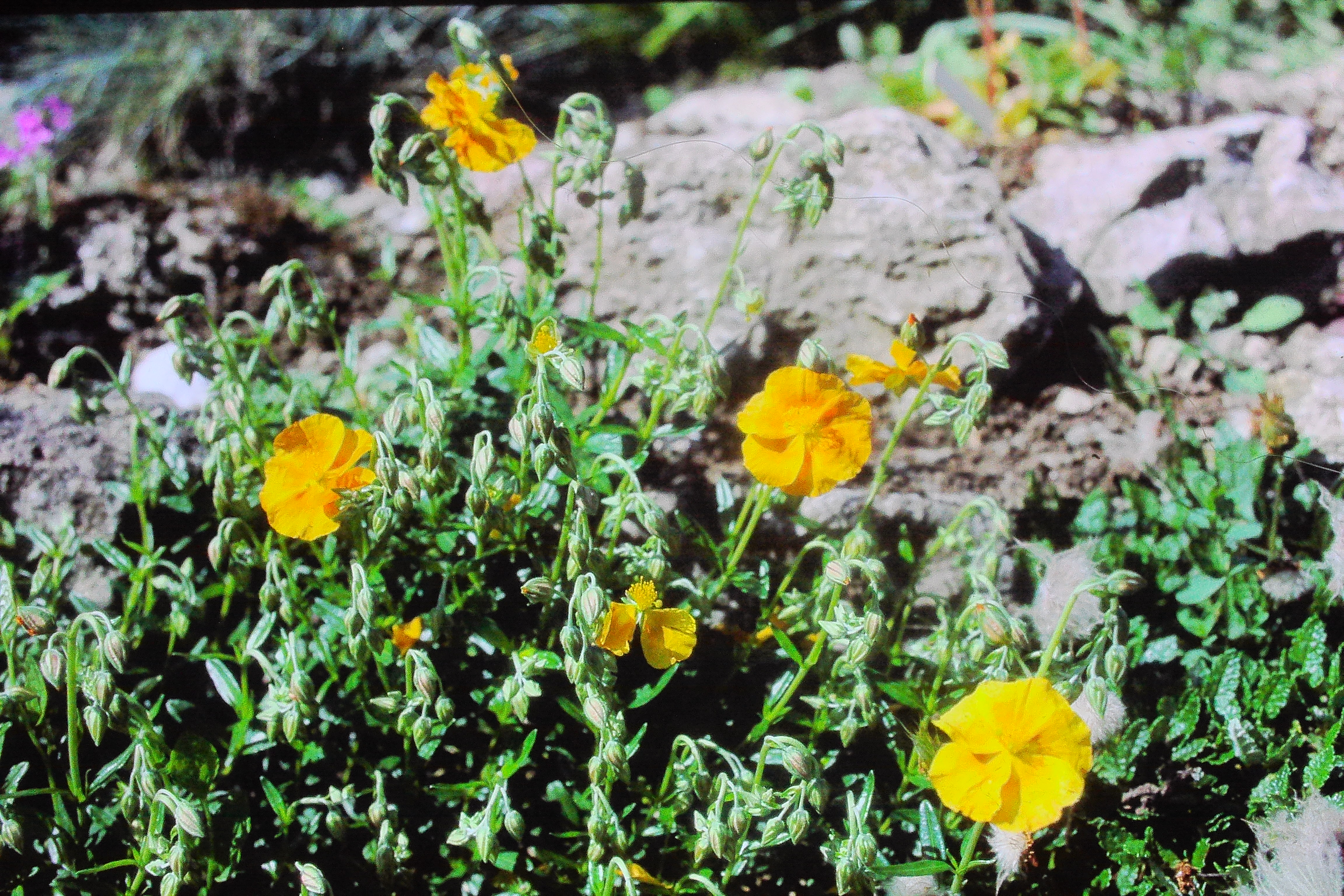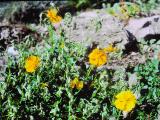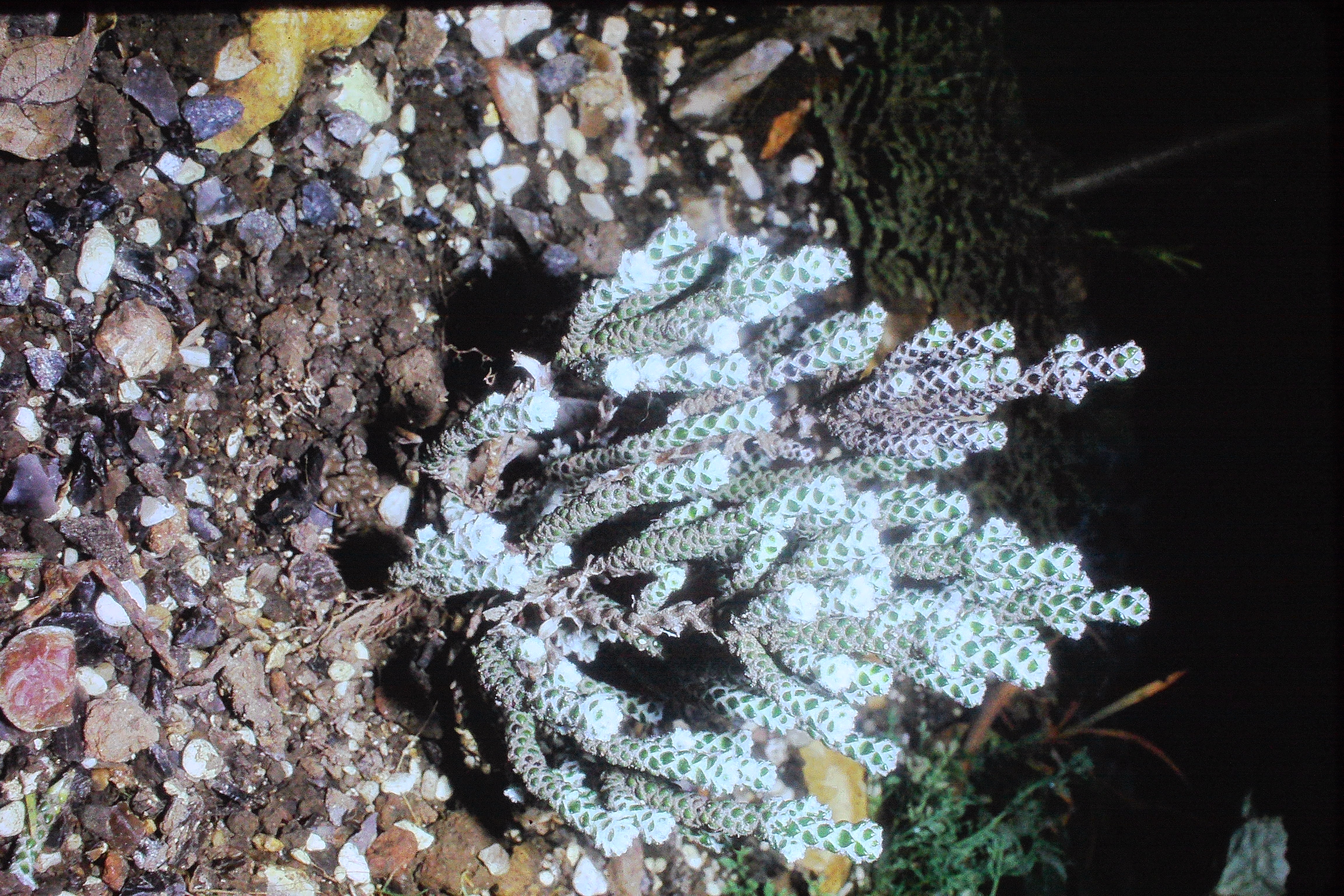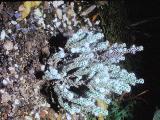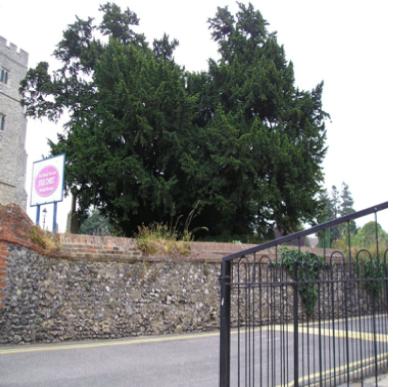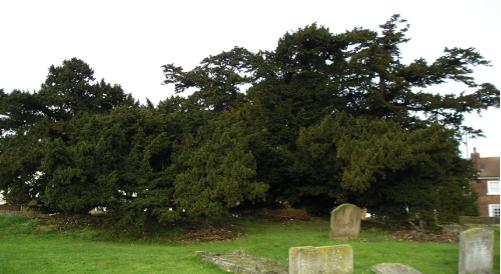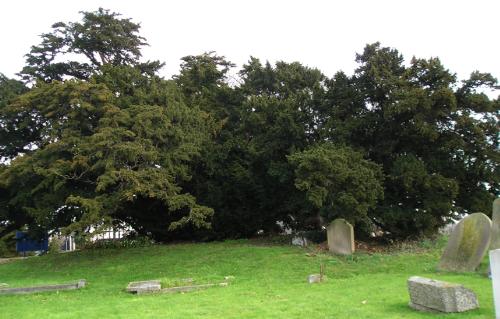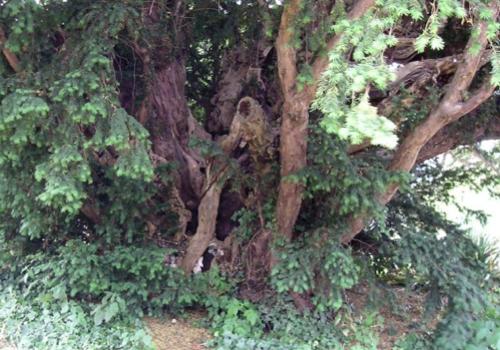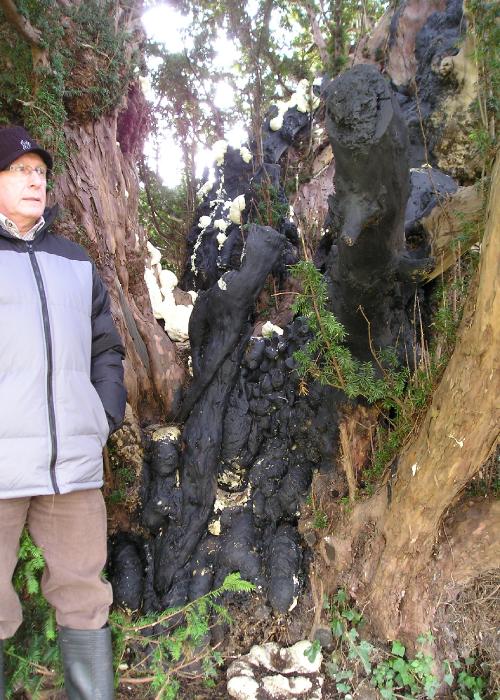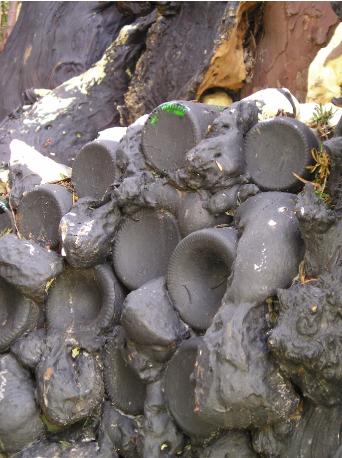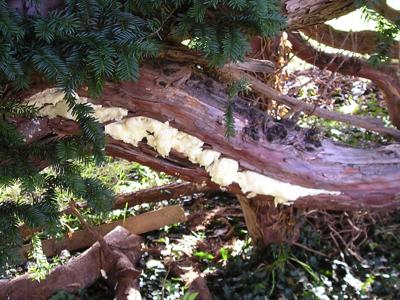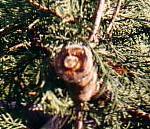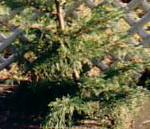Picture Folder Name Pages:- Since 14 June 2019 I have also started to put my own full-sized 4000 x 3000 digital Camera images into the relevant topics in this website again for use in the Public Domain - since there may be 9 or more to a page the resulting
Foord garden flower slides Folder of 35mm 'Ektachrome' Transparency slides taken by Ron & Christine Foord of Rochester, Kent in England during the 20th century. Both have been Slides taken by Ron or Christine Foord have been scanned individually and converted by an F22MP 126PK Super 8 Slides & Negatives All-in-1 Film Scanner to JPEGS by Chris Garnons-Williams in the original size and as a thumbnail during 2020-21. Ron and Christine Foord HA94,HE95, When I have completed the conversion of all the slides from Ron and Christine Foord and inserted a relevant selection of the digitised images into the Photo Garden Flowers Galleries in some months time, then I will complete their text field in the thumbnail row starting with the
Number of Colours required to provide a practical means of roughly differentiating between flower colours, foliage colours and bark/stem colours of plants. Flower Colour:- There are 53 flower colours for All Flowers Colour Wheel and Rock Plant Flowers:- These 12 colour spokes of
Dark tone, mid-tone, pure hue followed by pastel colour:-
There are 7 flower colours:- Foliage Colour:- So as from 18 January 2021, I have decided to use the 53 colours of All Flowers Colour Wheel and Rock Plant Flowers above for the flowers and the foliage in the future combined with the 14 Flower Colours for the UK Native Wildflowers Wild Flower for the UK Wildflowers. I also intend to put the required plant into the respective pages of the Plant Colour Wheel Uses Gallery. |
List of Pictures in a Picture Folder:- Ron & Christine Foord took many photos of wildflower plants and stored them as Kodak 'Kodachrome' Transparency 35mm slides in the 1960-90s as well as these 10,000 of Garden Flowers. If they used other film, then the colour on the slides became sepia over a few years, whereas this did not occur with Kodachrome. The green perhaps got darker over a 50 year period. I am adding these scanned slides to my photos for sending to my website for use in the Public Domain starting in February 2020. |
||||||||||||||||||||||||||||||||||||||||||
|
Hebe x franciscana Hedera helix 'Gloire de Marengo' Hedysarum hedysaroides 15 7 64 Hedysarum hedysaroides 15 7 64 Hedysarum obscurum 15 7 64 Helenium autumnale Helianthemum lunulatum Helianthemum lunulatum Helianthemum 'Old Gold' Jul 84 Helianthemum 'Old Gold' Helichrysum coralloides Oct 75 Helianthus annuus Sunflower Sep 78 Helianthus annuus Sunflower Sep 78 Helianthus annuus Sunflower Sep 78 Helianthus annuus Sunflower Sep 78 Helianthus annuus Sunflower Helianthus annuus Sunflower Helianthus annuus Sunflower Helianthus annuus 9 1982 Helichrysum bracheatum Sep 85 Helichrysum bracheatum Helichrysum bracheatum Sep 85 Helichrysum splendans Helichrysum splendidum and Helichrysum splendidum Heliotropium peruvianum Oct 78 Helleborus corsicus Helleborus corsicus Mar 74 Helleborus corsicus 04 86 Helleborus corsicus Seedlings Helleborus foetidus setterwort Helleborus lividus corsicus May 69 Helleborus lividus corsicus May 85 Helleborus niger 10 4 68 Helleborus niger 24 3 68 Helleborus orientalis Apr 70 Helleborus orientalis 04 86 Helleborus orientalis Helleborus orientalis May 79 Helleborus orientalis Lenten Rose Hemerocallis citrina 08 85 Hepatica triloba Mar 74 Hepatica triloba 04 86 Hepatica triloba 04 86 Hepatica triloba 19 4 70 Heathfield Hepatica triloba Hepatica triloba Apr 80 Hermodactylus tuberosus 04 90 Heuchera sanguinea Sep 71 Hieracium schmidtii 11 5 71 Hippeastrum hybrid 'Apple Blossom' Hosta crispula May 85 Hosta sieboldiana 07 85 Hosta sieboldiana Hosta sieboldiana May 85 Houstonia caurulea May 70 Wisley Hutchinsia alpina 15 5 71 Liechenstein Hutchinsia alpina 15 5 71 Liechenstein Hutchinsia alpina 15 5 71 Liechenstein Hyacinths in bowl Hyacinthus multiflora Mar 71 Hydrangea macrophylla Hydrangea petiolaris 27 6 63 Hydrangea petiolaris 27 6 63 Hydrangea villosa Oct 78 Hydrangea villosa Oct 78 Hypericum bellum Jul 78 Hypericum meserianum Hypericum patulum St John's Wort Hypericum polyphyllum 06 85 Hypericum polyphyllum Hyssopus aristatus Hyssopus officinalis Hyssopus officinalis Aug 78 Hyssopus officinalis Jul 72 Iberis saxatilis 05 90 Iberis saxatilis 05 90 Iberis umbellata 07 92 Dwarf fairy Illicium floridanum Mar 65 Kew Illicium floridanum Mar 65 Kew Illicium floridanum 21 3 65 Kew Impatiens cristata 27 10 97 Impatiens cristata Impatiens cristata Impatiens cristata 27 10 97 Impatiens cristata 27 10 97 Impatiens glanulifera Ipomea coccinea Oct 70 n carolina Impatiens tinctoria 14 9 68 Impatiens tinctoria 14 9 68 Impatiens tinctoria Incarvillea delavayii Incarvillea delavayii 06 85 Ipheion uniflora May 70 Ipheion uniflora 8 5 70 garden Ipomoea rubro-caerula Sep 78 Ipomoea tricolor Morning Glory Ipomoea tricolor Morning Glory Ipomoea tricolor Morning Glory Iris - Dutch iris 'Blue Champion' Iris - Dutch iris 'Blue Champion' Iris - Dutch iris 'Blue Champion' Iris - Dutch iris 'Blue Champion' Iris bachaltica 2 4 67 Iris bachaltica 8 4 67 Iris bachaltica 8 4 67 Iris bachaltica 2 4 67 Iris bachaltica 8 4 67 Iris bakeriana Mar 71 Iris bakeriana Mar 71 Iris chamaeiris 06 90 Iris chamaeiris 06 90 Iris danfordiae Apr 73 Iris danfordiae Apr 73 Iris danfordiae Mar 70 Iris danfordiae Feb 70 in snow Iris 'Garnet Treasure' May 70 Iris 'Garnet Treasure' May 70 Iris 'Garnet Treasure' May 70 Iris 'Garnet Treasure' May 72 Iris 'Garnet Treasure' May 80 |
|||||||||||||||||||||||||||||||||||||||||||
|
|||||||||||||||||||||||||||||||||||||||||||
Plant Labelling - A suggestion for plant labelling to help visitors A different solution is that each gardening member of the RHS staff at Wisley be provided with Large White Plastic Angled-Head Labels which are 20 inches (50 cms) in height with a 6 x 4 inch (16 x 10 cms) writing surface and a Marker pen with Black ink to provide a good temporary label for the above broken label (in Lost Flowers page) or for missing labels. If you are concerned about these labels going on "Walkabout", then insert another white label behind the plant and make it invisible to the public. |
|||||||||||||||||||||||||||||||||||||||||||
Site design and content copyright ©January 2021. |
|
||||||||||||||||||||||||||||||||||||||||||
This cell gives a very clear overall description of the "Understanding Fern Needs " |
Picture Folder Name Pages:- Damage to Trees in Pavement in Madeira caused by the action of man during January/February 2019. Solution to holes in trees. Solutions to stop creating holes in trees. Solution to current problem on these mosaic pavements:- 166 trees in the pavements in a short section of a road in Funchal, Madeira are being slowly, starved, dehydrated, asphyxiated, poisoned by tarmac and concrete, burnt inside their hollow trunks, roots pounded by 40 ton lorries or shoes of pedestrians, and allowed to rot until killed off during February 2019 (see information in Problems with trees in pavements in Funchal, Madeira in January/February 2018 Page, which appears to have had no effect) as shown by my 433 photos in the following pages within the Home Topic:-
Articles on
The day after I arrived in Funchal in January 2020, I spoke to Rita in Owner Relations and she sent an email. Not knowing about the efficiency of the local or main government, I spoke to the reception staff and they told me that Funchal was a Municipality with its own local government with its offices in Funchal. So I took the bus into town and went round the Municipality Offices until I was escorted to a building where you could ask questions in the A group pay bills in the B group and do something else in the C group. Speaking to an official in the A group, I managed to convince him that I had more details about the tree problems on my website, so as to overcome his response of getting me to send an email. He presented a piece of paper with Eng Francisco Andrade, Est. Marmeiros, No 1, Jardins & Espaces Verdes on it. I handed this to a taxi driver and arrived. I spoke with an english-speaking colleague of his and then he very kindly agreed to talk to me with his english-speaking colleague:-
The population of Funchal is 111,892. No wonder that Cedadrive is expensive for such a small population. So, what can they use that is produced in Madeira, since the transport cost of a container from Portugal is 2000 euros (that figure was given me by an employee of a large builder's merchant, and I saw 2 containers being unloaded at their yard, which were not large ones). So I took a taxi to a builders merchant (might be Ferreirae in the upper regions of Funchal).
So, if the local basalt mine created 10mm x 10mm rocks, these could be used as spacers:-
If you use boron from colemanite (The use of ores like colemanite has declined following concerns over arsenic content) and mix it with the black sand and seawater to fill the bottom section of cavities, it will kill off the rot in the trunk and stop the cavity being filled with waste. The arsenic will also stop ants from eating it. Then mix it with wallpaper paste to fill the top half of the cavity and you have sorted the cavity problem. Painting the cut ends with the boron prevents the end from rotting (Boric acid is more toxic to insects than to mammals, and is routinely used as an insecticide). I had forgotten that I did have the supporting literature about wound dressings (as used in my year at Hadlow College to get a HNC in Horticulture) in this course book:- It is unfortunate that with all the other responsibilities that the Funchal Municipality has that they will find it very difficult to locate the finance, resources or personnel to carry out whatever remedial work to over 3000 trees being monitored since September 2019 that the Tree Expert from Portugal recommends, especially if someone continues to remove the identity discs.
If concrete paving is the only option, then why do you not use a Sustainable Drainage System like Marshall Priora as the UK's most popular permeable block paving (CBPP) system as detailed on Permeable Paving & Suds Page of Marshalls? Combine this paver with my other ideas and you could have tree-lined streets with healthy trees throughout the world. This would:-
|
||||||||||||||||||||||||||||||||||||||||||
Bedding Gallery has
Topic - Flower/Foliage Colour |
Ivydene Gardens Photo Garden Flowers 9 Gallery: |
||||||||||||||||||||||||||||||||||||||||||||||||||||||||||||||||||||||||||||||||||||
Row 1 has the Pass-Through Camera image of Thumbnail image named in Row 2 Row 2 has same image reduced to fit the image frame of 160 x 120 pixels as a Click on either image and drag to your desktop. Copying the pages and then clicking on the images to drag them may not work. |
||||||||||||||||||||||||||||||||||||||||||||||||||||||||||||||||||||||||||||||||||||
|
||||||||||||||||||||||||||||||||||||||||||||||||||||||||||||||||||||||||||||||||||||
Hebe x franciscana
|
||||||||||||||||||||||||||||||||||||||||||||||||||||||||||||||||||||||||||||||||||||
|
||||||||||||||||||||||||||||||||||||||||||||||||||||||||||||||||||||||||||||||||||||
Hedera helix 'Gloire de Marengo' Ground cover
|
||||||||||||||||||||||||||||||||||||||||||||||||||||||||||||||||||||||||||||||||||||
|
||||||||||||||||||||||||||||||||||||||||||||||||||||||||||||||||||||||||||||||||||||
Hedysarum hedysaroides 15 7 64 Alpine Sainfoin
|
||||||||||||||||||||||||||||||||||||||||||||||||||||||||||||||||||||||||||||||||||||
|
||||||||||||||||||||||||||||||||||||||||||||||||||||||||||||||||||||||||||||||||||||
Hedysarum hedysaroides 15 7 64 Alpine Sainfoin
|
||||||||||||||||||||||||||||||||||||||||||||||||||||||||||||||||||||||||||||||||||||
|
||||||||||||||||||||||||||||||||||||||||||||||||||||||||||||||||||||||||||||||||||||
Hedysarum obscurum 15 7 64
|
||||||||||||||||||||||||||||||||||||||||||||||||||||||||||||||||||||||||||||||||||||
|
||||||||||||||||||||||||||||||||||||||||||||||||||||||||||||||||||||||||||||||||||||
Helenium autumnale
|
||||||||||||||||||||||||||||||||||||||||||||||||||||||||||||||||||||||||||||||||||||
|
||||||||||||||||||||||||||||||||||||||||||||||||||||||||||||||||||||||||||||||||||||
Helianthemum lunulatum
|
||||||||||||||||||||||||||||||||||||||||||||||||||||||||||||||||||||||||||||||||||||
|
||||||||||||||||||||||||||||||||||||||||||||||||||||||||||||||||||||||||||||||||||||
Helianthemum lunulatum
|
||||||||||||||||||||||||||||||||||||||||||||||||||||||||||||||||||||||||||||||||||||
|
||||||||||||||||||||||||||||||||||||||||||||||||||||||||||||||||||||||||||||||||||||
Helianthemum 'Old Gold' Jul 84
|
||||||||||||||||||||||||||||||||||||||||||||||||||||||||||||||||||||||||||||||||||||
|
||||||||||||||||||||||||||||||||||||||||||||||||||||||||||||||||||||||||||||||||||||
Helianthemum 'Old Gold'
|
||||||||||||||||||||||||||||||||||||||||||||||||||||||||||||||||||||||||||||||||||||
|
||||||||||||||||||||||||||||||||||||||||||||||||||||||||||||||||||||||||||||||||||||
Helichrysum coralloides Oct 75
|
||||||||||||||||||||||||||||||||||||||||||||||||||||||||||||||||||||||||||||||||||||
IMPROVING ST BARTHOLOMEWS CHURCHYARD, CAN YOU HELP? I visited this churchyard on 19 May 2013 and found that the clearing work I had started in The current very elderly yew trees on the left as one comes into the churchyard have rotten .
|
||||||||||||||||||||||||||||||||||||||||||||||||||||||||||||||||||||||||||||||||||||
The Yew Tree of St Margaret’s Church, Rainham, Kent, Observations of the tree’s current restoration/conservation work now nearing completion, 15th February 2010. The following observations have been recorded in response to a request from Tim Hills (Ancient Yew Group)
Notes:
Western facing aspect.
View of Eastern aspect.
View of Southern aspect View of Northern aspect which indicates the open centre before preservation action.
View of Northern aspect with Clifford Hansford - after preservation action.
Bottle-filled foam repair. View showing filled split in a limb growing from a fallen branch.
. |
||||||||||||||||||||||||||||||||||||||||||||||||||||||||||||||||||||||||||||||||||||
The following is copied from Ivydene Gardens Private Garden Maintenance Topic:- This tree was tied with plastic baling twine to a fence when very young. The white Please never use plastic twine or wire to tie a plant.
It also means that if you put metal, concrete, tarmac etc round the base of a tree, then it |
||||||||||||||||||||||||||||||||||||||||||||||||||||||||||||||||||||||||||||||||||||

